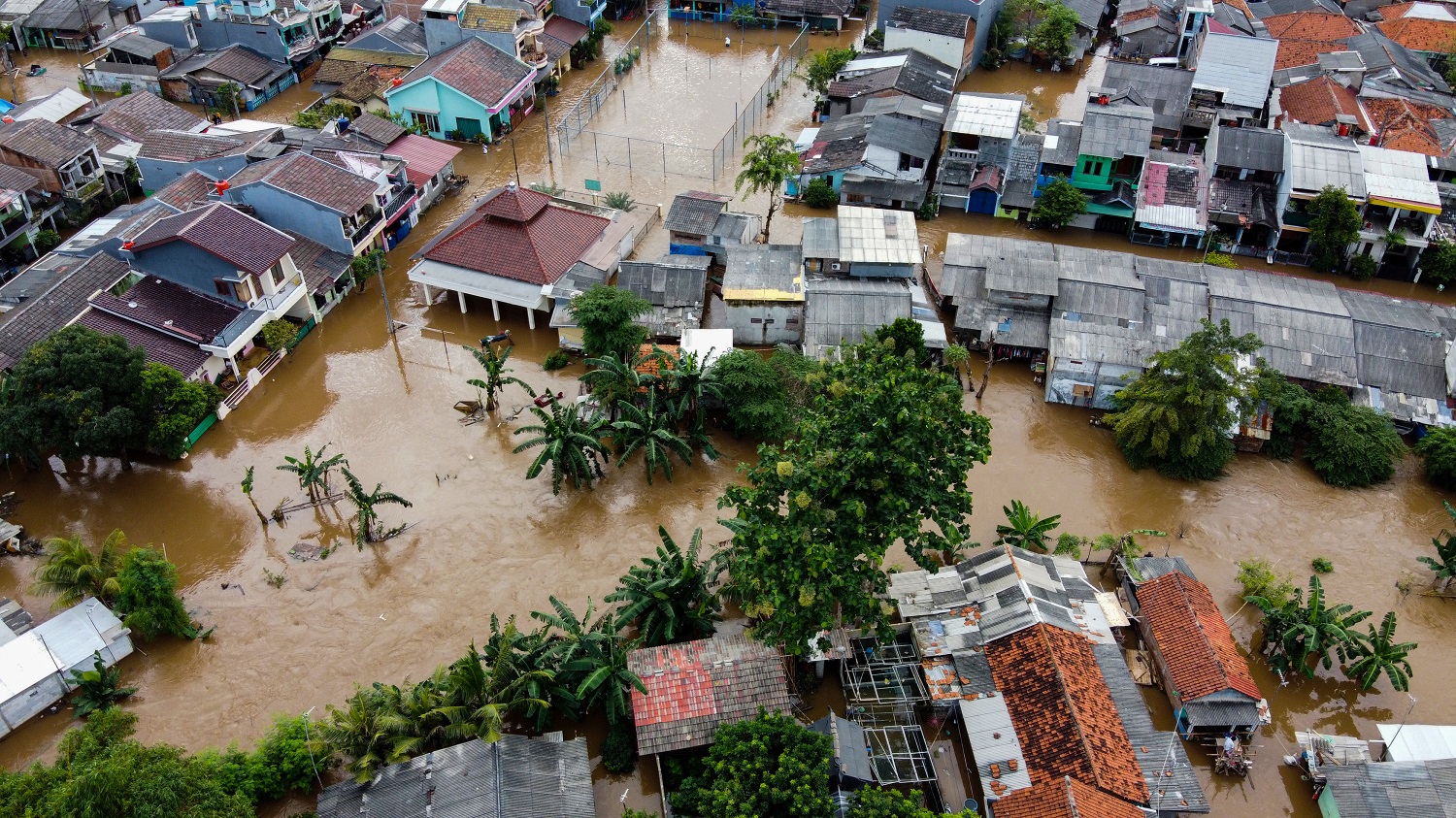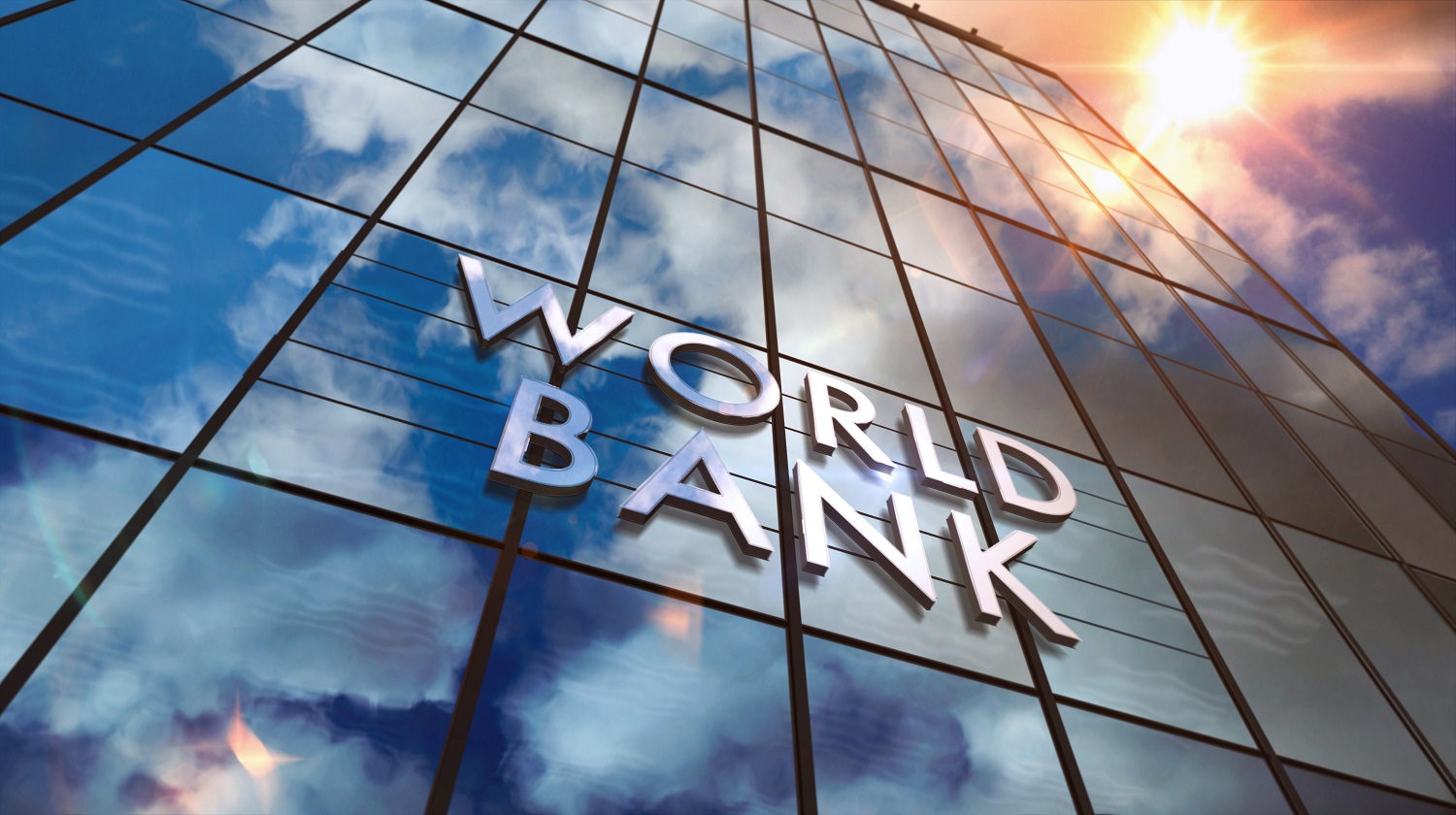Recommended
At the G20 Finance Ministerial in India on July 17th, World Bank President Ajay Banga announced a new portfolio guarantee program with impressive leverage—$5 billion of donor guarantees that could generate $30 billion in lending over 10 years. This announcement was part of a package of new financial measures, including hybrid capital and better accounting for callable capital. Of this package, we think the portfolio guarantee program is the most promising.
The new IBRD guarantee program: what we know so far
The World Bank is not new to donor guarantees. To date, however, most donor guarantees have been used to expand lending headroom for specific countries that are up against their borrowing limit, not for portfolios that span multiple countries or sectors. Two recent examples of this are Ukraine and Indonesia: In the Ukraine case, $1.8 billion in guarantees from multiple donors allowed the World Bank to commit an additional $3.4 billion to the country. The guarantee to Indonesia comes as part of its Just Energy Transition Partnership (JETP), with the United States and United Kingdom providing the backstop.
Banga’s proposal is much more expansive than what the International Bank for Reconstruction and Development (IBRD), the World Bank’s lending arm to more creditworthy countries, has done so far: donors will backstop a cross-section of the World Bank’s entire portfolio, allowing it to commit new financing across a wider range of clients and sectors. This would make it similar in financial design to the Asian Development Bank (ABD)’s IF-CAP, which we wrote about here. IF-CAP is also highly leveraged—the ADB anticipates $3 billion in donor guarantees enabling $15 billion in additional lending for climate projects. But from a budgetary standpoint, for shareholders like the United States, the leverage can be much greater. For IF-CAP, the United States envisions providing a $1 billion guarantee contribution that would have a subsidy cost to the US Treasury of only $84 million. At IF-CAP’s projected 1:5 guarantee-to-lending ratio, this means that $84 million of US money will enable $5 billion in finance for development—a 1:60 leverage ratio.
The World Bank’s guarantee program proposal appears equally ambitious, but the announcement was vague on specifics. We have three key questions.
1. Will the lending enabled by the World Bank’s portfolio guarantee program be targeted to a specific sector?
The ADB’s IF-CAP is explicit that the released capital from its donor guarantees will be channeled towards climate loans. The World Bank announcement is less clear about the intended use of the new capital freed up by its guarantee program. The language in the announcement only lists climate as one of multiple intertwined challenges, alongside jobs, climate, fragility, and pandemics.
The World Bank has made its own fresh round of commitments around climate—starting July 1st, all its financing flows must now be Paris-Aligned (consistent with the objectives of the Paris Agreement and a country’s pathway towards low greenhouse gas emission and climate-resilient development), and 50 percent of its climate finance must go to adaptation. It also set a target of channeling an average 35 percent of its overall financing towards climate over FY21 –FY25. However, the World Bank’s existing climate portfolio has come under scrutiny, as recent CGD work found that hundreds of projects tagged climate appear to have little to do with climate change mitigation or adaptation.
As a result, the World Bank is currently revamping its climate finance tracking, part of a larger shift towards climate action. Nevertheless, amid a contentious debate about how exactly climate should be included in its mission, it would mark a significant departure for the IBRD to earmark a portion of its donor financing for a specific sector.
2. How will the guarantee program’s leverage model work?
The Bank’s press release projects a 1:6 leverage ratio over a 10-year horizon, even more ambitious than IF-CAP’s 1:5 ratio. It makes sense that a World Bank portfolio guarantee program would be able to achieve greater leverage—its portfolio of loans is global, as opposed to the ADB’s which is regional, meaning it has less concentration risk. The ADB’s portfolio also includes loans to low-income countries and the private sector, whereas at the World Bank, loans to the poorest borrowers—which are generally riskier—are housed in a separate institution, the International Development Association (IDA). As a result, it is already more leveraged as an institution—its equity-to-loans ratio is 21.4 percent compared to the ADB’s, which is 37.2 percent.
As we outlined in our blog on IF-CAP, portfolio guarantees function by offloading some of an institution’s risk to donors so that its equity can be used on new lending. However, for both this program and IF-CAP, the level of projected leverage ratio is beyond that of the institution’s overall balance sheet. For both, transparency and granularity into how leverage will function in practice would be beneficial to external stakeholders, including other institutions that may seek to set up their own portfolio guarantees as well as donors, who will ultimately end up bearing the risk associated with the mechanism.
This brings us to our final question, and the most crucial one for the portfolio guarantee program’s success.
3. Who will contribute to this program?
The projected $30 billion in new lending rests on securing $5 billion in donor guarantees, which in turn rests on the approval of donor governments. The IF-CAP announcement came with pledges from 6 founding partners, of which the United States was the biggest, committing a $1 billion guarantee which is still awaiting congressional approval. As the Bank’s largest shareholder and a catalyst of the ongoing World Bank Evolution Roadmap reform agenda, we anticipate that the US would play a similarly prominent role in supporting this guarantee program.
Still, the United States’ need to secure (modest) funding from Congress comes at a challenging political moment. The House FY24 State and Foreign Operations spending bill does not provide funding for the requested US guarantees for IF-CAP or the Indonesia JETP. Senate appropriators set aside flexible funding in their version of the bill, which that could be used to cover the guarantee coasts. However, the verdict is still out on whether lawmakers will reach a deal on a spending bill that includes such sums. Failure to secure these contributions would be a major blow to US leadership and credibility in future guarantee programs.
Beyond the US, the UK, Denmark, Japan, South Korea, Sweden, the Netherlands, Latvia, Lithuania, and Spain have come forward with guaranteed pledges in other contexts and could be likely candidates for this facility. Whether the guarantee program will be open to non-traditional donors is another question. The World Bank announcement only mentions sovereign shareholders. IF-CAP is notionally open to support from other financing partners, including philanthropies, foundations, and other private organizations. But none have so far come forward. However, as with any public institution, bringing in private partners would introduce significant governance challenges, especially within an already tense debate regarding the institution’s missions and trajectory.
Conclusion
Overall, we think this program represents a simple and efficient way of increasing the IBRD’s lending capacity that shareholders should embrace. In particular, the US stands to be a key player on this front. The Biden administration—especially the White House—has grown increasingly vocal in its embrace of an ambitious and well-resourced IBRD. Guarantees are a cheap and fast way of getting there. Whether a sufficient number of House lawmakers can be persuaded is another story.
Disclaimer
CGD blog posts reflect the views of the authors, drawing on prior research and experience in their areas of expertise. CGD is a nonpartisan, independent organization and does not take institutional positions.







